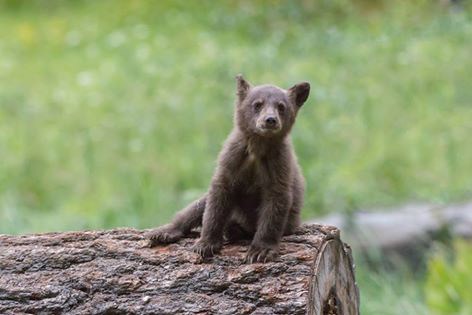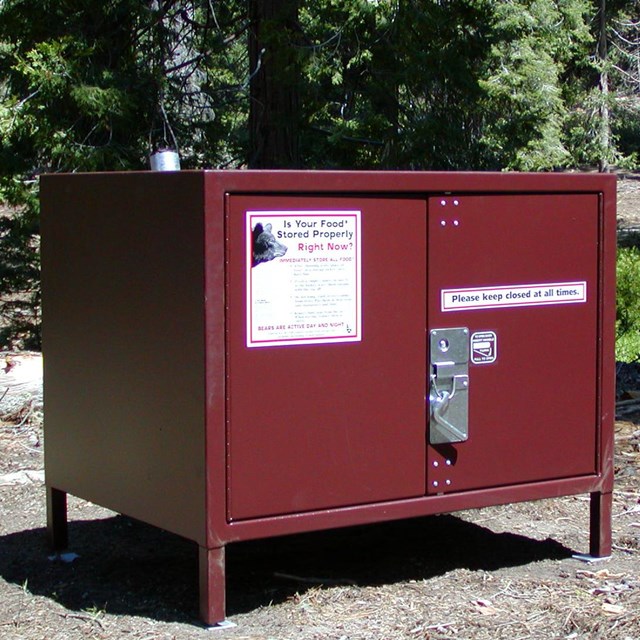|
Visit our keyboard shortcuts docs for details
Black bears (Ursus americanus) are an integral part of the Sierra ecosystem and one of the many wildlife species the National Park Service is mandated to protect. Learn more about these animals and how they live in Sequoia and Kings Canyon National Parks. 
Julie Brunnengraeber All bears in Sequoia and Kings Canyon National Parks are American black bears (Ursus americanus). This name can be misleading, as they may be black, brown, cinnamon, or even blonde in color. 
NPS Photo Where would I see a bear?Seeing bears is often a matter of luck, but you can increase your chances if you know where and when to look. The best places are those locations that serve as food sources at that time of year. In spring, bears are often in meadows digging up grasses, forbs, and roots, or in the forest ripping apart logs for the insects inside. As berries ripen in summer, bears can be found near manzanita and bitter-cherry bushes. In the fall, you may see bears high in oak trees, consuming vast quantities of acorns. Learn More About Black Bears
|
Last updated: November 26, 2025



